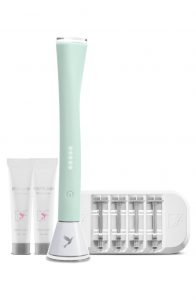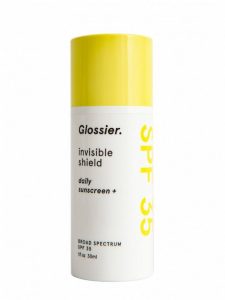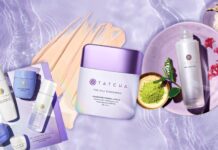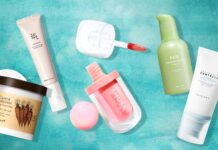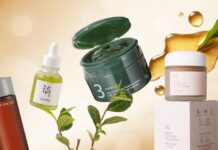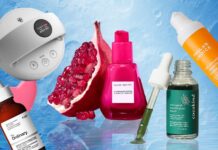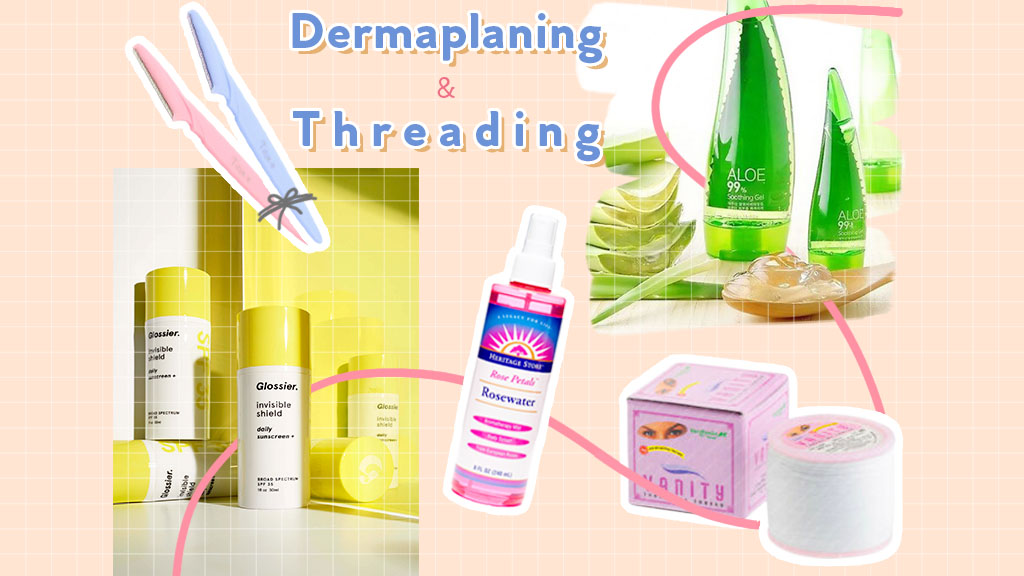
We’re all about going DEEP into how exfoliation works and how there’s two types out there: the physical and chemical. But what if we told you exfoliation also comes in other interesting forms? If at-home products and treatments are normal basis of skincare and laser treatments are the super advanced forms, then what’s in the middle? That’s where dermaplaning and threading comes in.
Although these are pretty accessible and there are a lot of different beauty tools sold online for your DIY pleasure, we found that there’s a lot of work and research needed in order to do them safely.
Threading Emerges in the U.S.
When it comes to shaping your eyebrows, threading is a very popular go-to for those clean lines and arched shapes. When it comes to threading your entire face, that’s enough to make your eyes tear up. No one knows the exact origin of facial threading but many speculate that it started 6,000 years ago in India or Central Asia as a method of hair removal. It wasn’t until a few years ago that threading officially made its debut in the states.
So you might be wondering, why on earth would you want to pluck every last bit of hair on your face? It kind of goes by the same principle as waxing, really. But there’s supposedly other benefits…and that’s where exfoliation comes in.
What is Threading?
To put it simply, threading is the process of removing all the peach fuzz from your face. These tiny hairs are formally known as vellus hairs. When you go through threading to remove the peach fuzz, you’re removing removing the entire hair from the root.
How it works
The threading specialist uses cotton thread that’s doubled, twisted, and rolled out. Holding the thread resembles a cross between playing a game of cat’s cradle and operating a pair of mini garden scissors. In feathery flicks, the thread picks up and traps several hairs at a time. They then pull the hair straight out of the follicle. This takes approximately 15-20 minutes if you’re doing the full-face session.
Pros
For those who swear by this technique, threading lovers say that it’s the best alternative to getting waxed because the hairs grow back at a slower rate. Others love how soft, smooth, and dewy their skin becomes just after one session.
Cons
Of course, this goes without saying: the experience of threading can be a positive and a negative one. Because threading is a manual form of exfoliation, you might experience some mild cases of redness or irritation. For some people, this isn’t a huge problem because the redness goes away after a while. But for others…not so much. Apparently, some people found that their-post threaded face broke out into clusters of acne. Other people felt itchy, inflamed or sensitive skin that didn’t go away until weeks later. Yikes!
Dermaplaning
How it works
Similar to threading, dermaplaning is also a type of exfoliating the skin. But instead of using string to get rid of all the peach fuzz, dermaplaning requires using a sterile surgical blade. The specialist takes the tool and gently scrapes across different sections of the face in feathery light strokes. This motion helps get rid of excess dead skin cells in addition to the vellus hairs. If you think about it, it’s like exfoliating and shaving in one! And don’t worry, it sounds a lot more scary than it actually is.
Pros
This treatment is painless and quick. In a single 30 minute session, you’ll emerge like a smooth baby-faced angel with softer and glowing skin. On top of that, you’ll also notice that your skincare products are absorbing more readily while your makeup application will go on flawlessly. It’s also said that dermaplaning supposedly comes with anti-aging properties. This is because the manual act of exfoliating the skin helps trigger cell regeneration and stimulates collagen and elastin production. For other people, they note that the appearance of scarring and sun-caused hyperpigmentation minimized visibly as well.
Cons
Dermaplaning is a more aggressive form of exfoliating the skin. And with anything that requires aggressive handling, your skin will most likely be left in a raw and vulnerable state. Just like threading, it’s possible to see some redness and inflammation depending on your skin. If that is the case for you, ditch the active ingredients and load up on hydrating or soothing ingredients for the next couple days. This will help rebuild and keep your skin’s moisture barrier healthy.
Treatment Do’s and Don’ts
Do’s
If you’re looking for a professional to get the threading or dermaplaning done, do your research! Although uncommon, there are times when specialists work with contaminated threads. This can bring more chances of irritation to the skin. Also, be sure to walk into the salon with a makeup-free face. Not only will this save you from heartbreak, but it will also make sure that you’re getting the threading done with nothing to clog or break you out. Afterwards, double down on moisturizer and apply products containing calming ingredients. This includes aloe, oatmeal or rosewater. If you decide to go out, don’t forget to apply sunscreen as well!
Don’ts
If you have sensitive, damaged or compromised skin, it’s best to stay away from these treatments. And yes, this also includes those with skin conditions like eczema, rosacea, and psoriasis! But in a general context, your skin will be highly reactive at this time and will most likely break out. And if you have any active breakouts, we suggest you hold off on getting dermaplaning or threading treatments until your skin settles down. Not only does it hurt when there’s active pimples lingering around, but you can also risk spreading all the trapped bacteria onto the surface. You definitely don’t want that!
Product Recommendations
Full Video:
Head over to more information and product recommendations:


